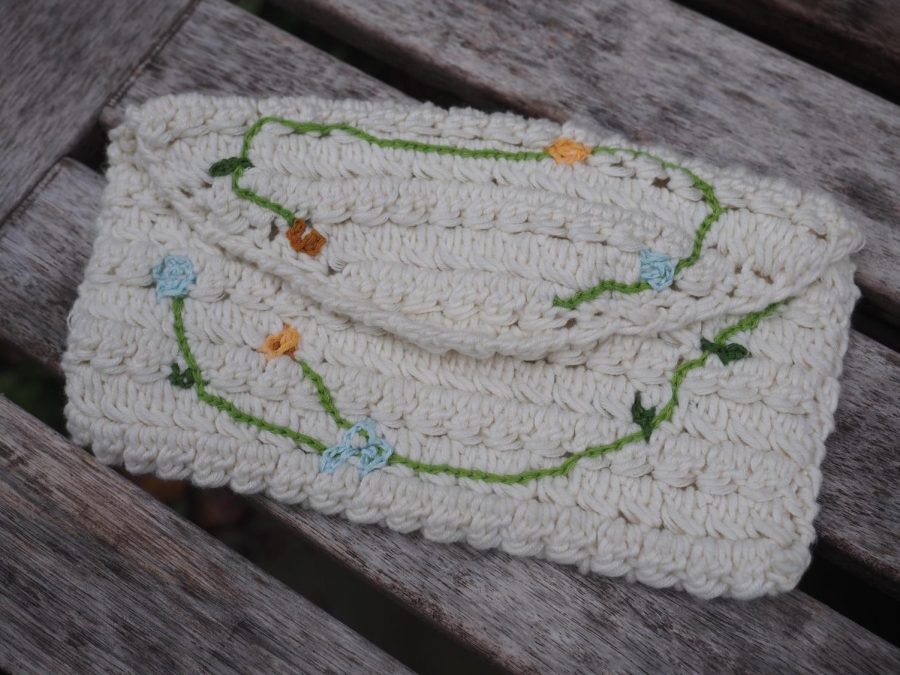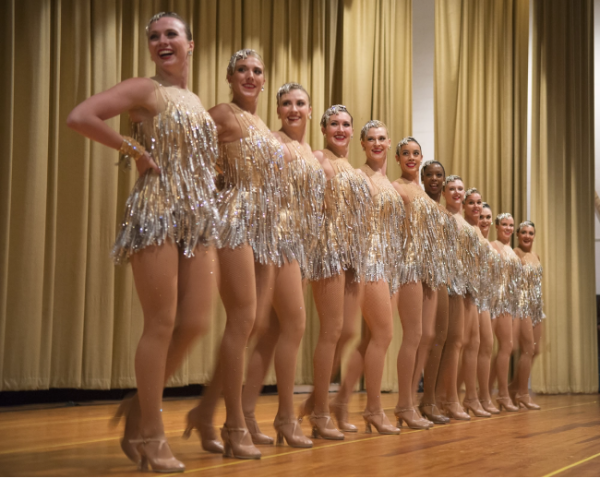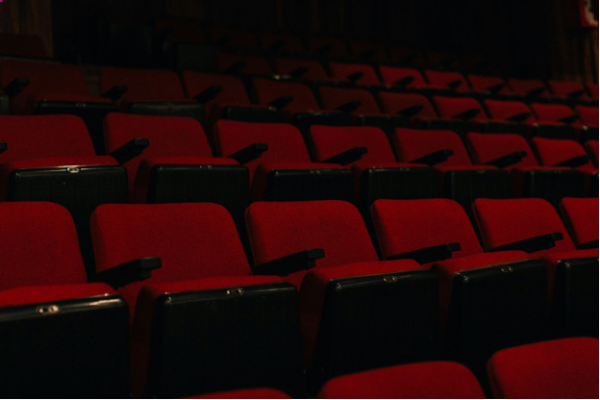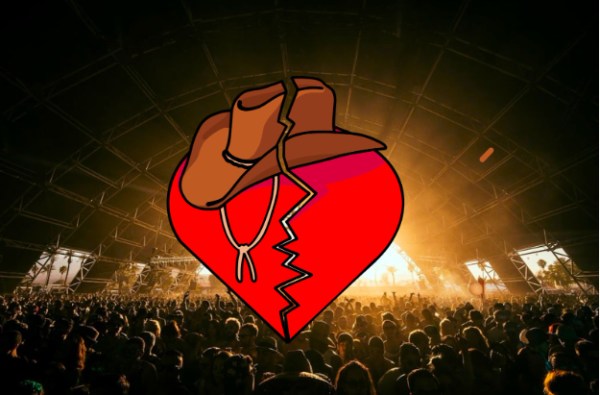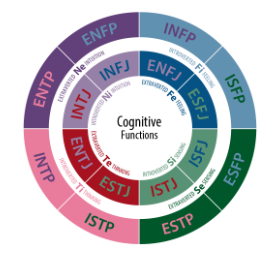For the Love of Crochet
Crochet is a technique that involves hooking a fiber such as cotton yarn.
Many think of warm, cozy blankets and scarves when asked to conjure up the images of fall. As the weather gets colder every year and my family spends time indoors, the activity that truly encapsulates the season for me is crochet.
According to the Crochet Guild of America, it is unclear how crochet first developed, but the earliest evidence of the modern lace-making art form is from Europe in the early 1800s. Crochet is often associated with other art forms that use needles or “hooks” to create textiles, such as knitting. Crochet is especially suited for edging and ornate patterns, although you can also create basic blankets, sweaters, and scarves. This overlap between textile arts techniques is understandable, considering how much crochet has changed over the past 200 years.
During the Irish potato famine, many Irish workers and children perfected a lace-like form of crochet to generate extra income. Families created delicate lace edging, cuffs, and collars often in poverty-stricken conditions, working between farm chores or late at night by candlelight. As millions of Irish immigrated to the United States, crochet began to evolve on both continents. Histories of crochet suggest that the art form was developed as the “poor people’s imitation of the rich man’s lace.”
During Victorian times, crochet began to take shape as a variety of eclectic patterns, from flower pot holders to baskets to lamp covers. The modern afghan blanket originated in the 1900s as well as rugs, cushions, and potholders. The term “afghan” now refers to the quintessential knit or crocheted blanket; it first appeared in usage in the 1700s as a reference to the Afghan people’s distinctive woven textiles and went mainstream in the 19th century as a catch-all for any blanket technique. This term is a reminder that the art of making textiles has roots in many different cultures, even though crochet is usually presented as a Eurocentric history.
Today, many crocheters express themselves in free-form ways with sculptures, tapestries and articles of clothing. No longer is crochet just the fine edging or flat embellishment; in many cases it is the three-dimensional garment itself.
It fascinates me how crochet is a blending of many different techniques, cultures, and materials. People throughout history have used a diversity of materials: wool, cotton, linen, animal fur, grasses, and even human hair. Recently I crocheted with plastic bags—a modern invention—by cutting the material into thin strips.
While crochet opens the door to a versatile array of projects, from the blankets you saw as a child at your grandmother’s house to the hats that fall in and out of season each year, it only requires a few simple materials. All you need is a crochet hook, a ball of yarn (or another fiber), and scissors to begin. Many free patterns are available online. As you start to gain confidence, you can even design your own patterns! Today, our interconnected world makes it possible to crochet items for various causes, from hats for preemie babies to blankets for deployed troops.
I first began crochet in middle school as a hobby, and since then, it has shaped snippets of my philosophy about life. I have learned the importance of selective attention, only focussing on one row or motif at a time because crochet is not a task suited to multitasking. I learned to stick with a project even when the inevitable mistakes occurred and I had to pivot directions. Crochet is also very much about finding a rhythm, where I can twist the yarn around my fingers and pull the yarn through the hook without thinking too much about the mechanics of each stitch. It is a detail-oriented hobby but also provides me with some level of creative escape. I also appreciate how crochet allows me to carry on my family’s heritage.
Over the past six years, I have created blankets, a dress, stuffed animals, a doll, sweaters, and shawls with crochet. I am currently learning 50 variations of the traditional granny square, which I hope to assemble into a finished afghan as my final project for senior year.
Now back to the age-old debate among textile artists: Do you knit or do you crochet? The knitter manipulates two long and pointy needles to create stitches, while the crocheter uses a single hook. From my experience, most novice stitchers will gravitate toward one technique over the other. I found it more difficult to stay coordinated with two needles at once, so I focussed my energy on crochet. But the knitters I have encountered in textile arts circles over the years are just as passionate about their chosen art form, which for the record has a different history all its own.
The history of crochet, in many ways, is a paradox. What began as a skill that Irish farmers developed in the midst of poverty has become a staple leisure activity. The fiber art skills that were once utilitarian or a necessity have been transformed into a form of identity, a means of entertainment. I have filled a chunk of my free time during COVID with crochet, while for others in the past it was a path to self-sufficiency and upward mobility.
Going to an arts and crafts store to pick out plastic crochet hooks and factory-made yarn from a selection of mass-produced options today is a very different experience from the crochet of centuries past. As modern crocheters, we create but we also consume. Maybe that’s the greatest paradox of entertainment: it provides us a personal escape, a sense of identity, but also links us to an industrial complex. As society evolves, crochet does too.
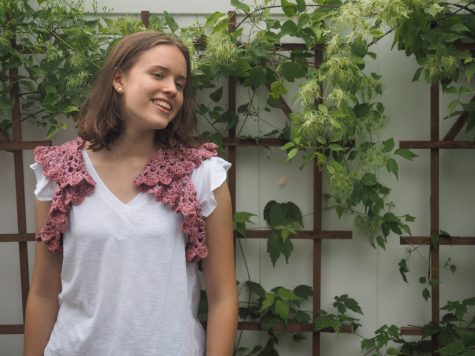
Harper is the current Editor in Chief of Prospect. Harper served as the Opinions Editor of the paper during the 2019-2020 school year. This is her fourth...

